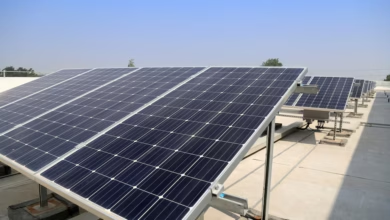This Electric Plane Called Eviation Alice Is Set To Make Its First Flight This Year
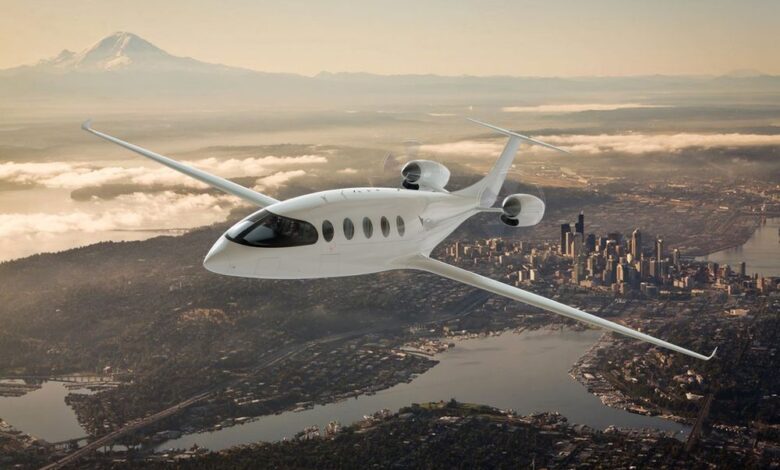
This Electric Plane Called Eviation Alice Is Set To Make Its First Flight This Year. Electric-plane start-up Eviation Aircraft Ltd. unveiled the production version of its Alice commuter aircraft, saying the pioneering model is set for an inaugural flight in the second half of this year ahead of service entry in 2024.
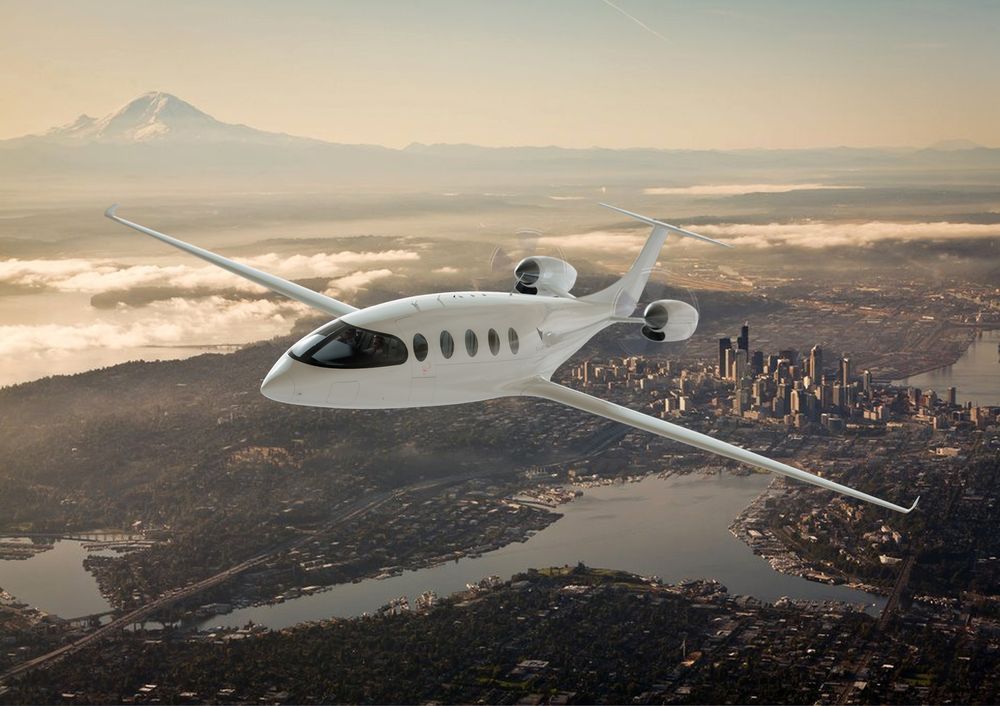
According to Bloomberg, the Alice will also be bigger than such eVTOL planes, carrying nine passengers for 650 miles (1,046 km), making it suited to the U.S. commuter market currently served by a variety of light aircraft. The production model incorporates several changes from earlier blueprints, switching to a T- from a V-shaped tail and repositioning two electric propulsion units from the wingtips to the rear.
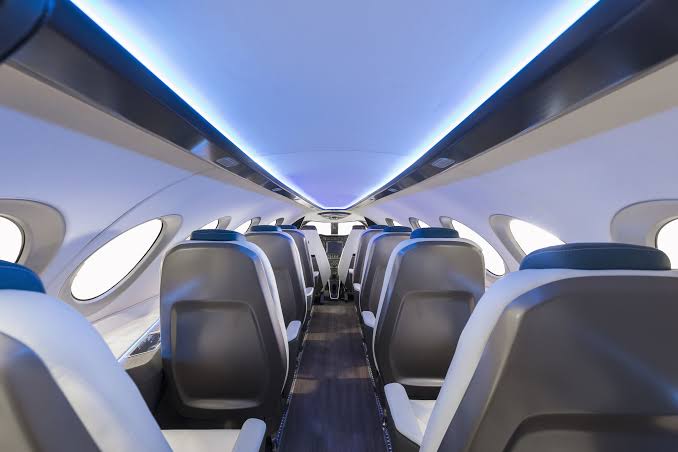
The design uses “currently available battery cells and is not reliant on future advancements,” co-founder and Chief Executive Officer Omer Bar-Yohay said in a statement Thursday. Suppliers include Honeywell International Inc., electric motor manufacturer MagniX and the GKN arm of Melrose Industries Plc, which will make the plane’s wings, tail and electrical wiring system.
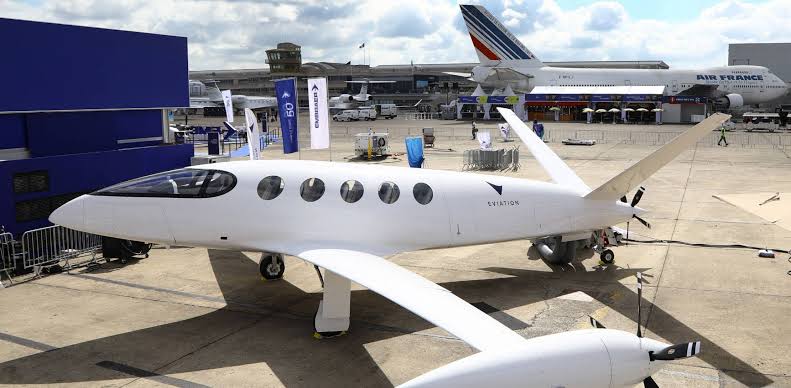
Two variants of the Alice were originally planned. The initial, unpressurized model is intended for air taxi operations, with energy stored in a lithium-ion battery. Eviation was working on building a prototype scheduled to fly in early 2019. In 2017, a second pressurized model was to be an extended-range ER executive aircraft available by 2023 for $2.9 million, with a more powerful aluminium-air battery with a lithium-polymer buffer, a cabin pressurized to 1,200 m (4,000 ft) at FL 280, G5000 avionics, a 444 km/h (240 kn) cruise and 1,367 km (738 nmi) range. In October 2019, Eviation described only the pressurized Alice Commuter with a 260 kn (480 km/h) cruise speed.
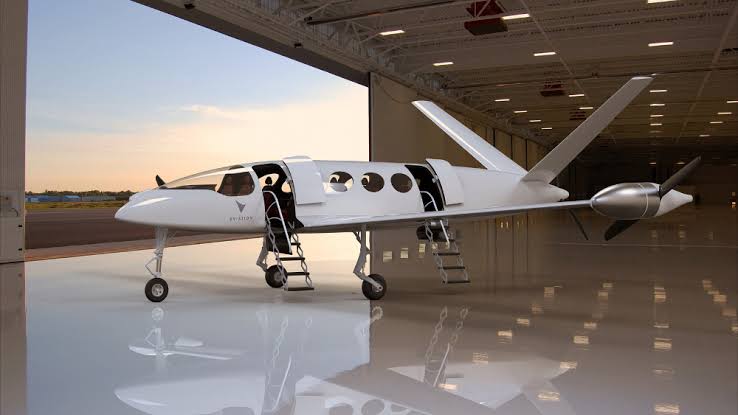
The company plans for recharging to be carried out by mobile charging vehicles, similar to aviation fuel trucks. Each hour of flight time is expected to require a charging time of 30 minutes. The cells are similar to those from auto industry batteries.

